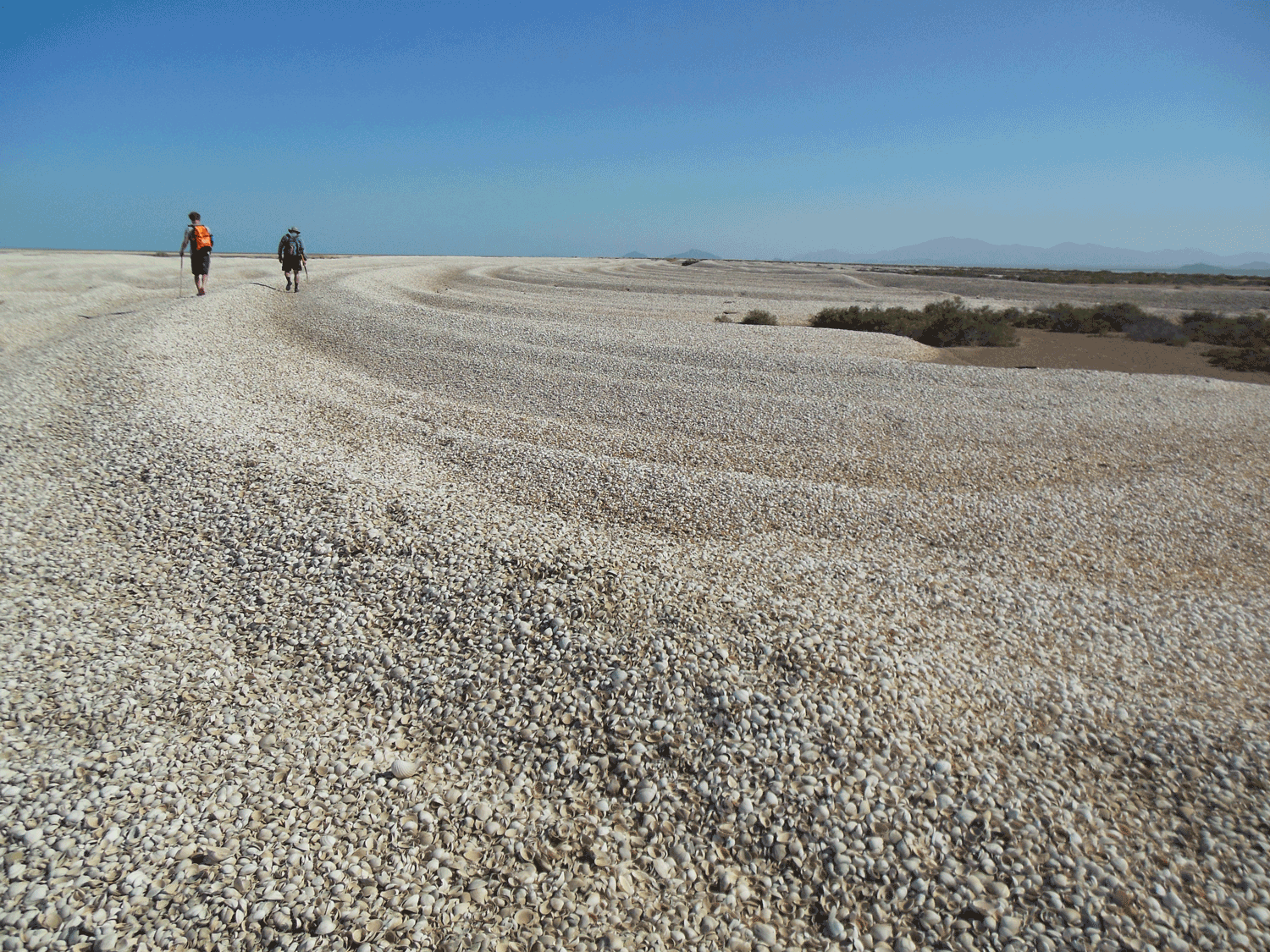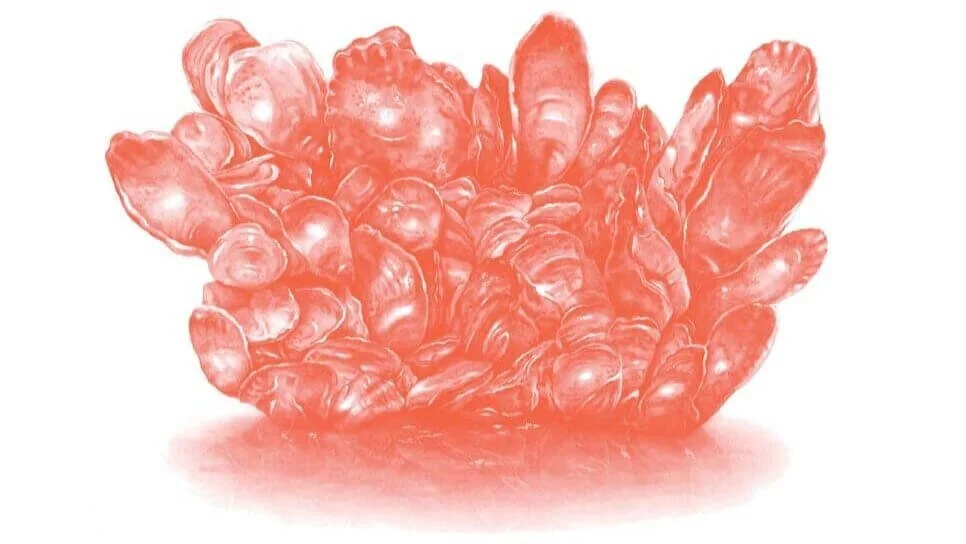What is Conservation Paleobiology?
Conservation Paleobiology (CPB) applies paleontological data and methods in novel ways to prevent species extinction, restore habitats, and sustain the benefits people obtain from ecosystems.
CPB utilizes data from geological records to provide an otherwise unobtainable long-term perspective on modern conservation and restoration issues. These records include sediment cores, ice cores, tree ring series, fossils, and other natural archives that provide environmental or biological information about the past.
Whereas conservation decisions have traditionally been based on data from models, observations, and experiments in modern biological systems, the potential of geohistorical data has yet to be realized. Ideally, conservation decision making would make use of all available data to make the best possible decisions.
Why Conservation Paleobiology?
Given the host of environmental problems we face today, there are many challenges that we must meet. Ecosystems that we depend on for our well-being are currently threatened by climate change, habitat change, overexploitation, pollution, and invasive species.
Healthy ecosystems provide us with an array of benefits, such as clean water, food, nutrient cycling, coastal protection, and climate regulation. Many of the processes controlling these critical services play out on long timescales—well beyond the span of a single human lifetime―and require data on equally long timescales for effective restoration and conservation.
In the northern Gulf of California, in Baja California (Mexico), trillions of seashells washed ashore and now give scientists an opportunity to study the community of snails and clams that lived in the area during the previous centuries and millennia. By comparing the past community preserved in these unique accumulations, called cheniers, with the community of snails and clams living in the area today, scientists can begin to understand how human actions in the area have changed the local ecosystem.
More to Explore
Explore Our Online Exhibit
Learn more about Conservation Paleobiology and how thinking like a paleontologist can help solve today’s conservation problems.
PRI Blog Posts
Around the Internet
Why Are Paleontologists Getting Into Florida’s Oyster Business? - Atlas Obscura
Oyster Ecosystem Infographic - The Nature Conservancy
Oyster Research, Reports & Approaches - Oyster Restoration Workgroup
Scientists Researching Conservation Paleobiology at PRI
Selected Publications
Dietl, G. P., Smith, J.A., & Durham, S.R. 2019. Discounting the past: the undervaluing of paleontological data in conservation science. Frontiers in Ecology and Evolution 7:108 doi: 10.3389/fevo.2019.00108
Kelley, P. H., Dietl, G. P. & Visaggi, C.C. 2019. Model for improved undergraduate training in translational conservation science. Conservation Science and Practice 1:e5, https://doi.org/10.1111/csp2.5
Dietl, G. P. & Flessa, K.W. 2018. Should conservation paleobiologists save the world on their own time? Pp. 11-22, In C.L. Tyler & C.L. Schneider (eds.), Marine Conservation Paleobiology. Topics in Geobiology 47, Springer Nature, Cham.
Kelley, P.H., Dietl, G.P. & Visaggi, C. 2018. Training tomorrow’s conservation paleobiologists. Pp. 209-225, In C.L. Tyler & C.L. Schneider (eds.), Marine Conservation Paleobiology. Topics in Geobiology 47, Springer Nature, Cham.
Smith, J.A., Durham, & S.R., Dietl, G.P. 2018. Conceptions of long-term data among marine conservation biologists and what conservation paleobiologists need to know. Pp. 23-54, In C.L. Tyler & C.L. Schneider (eds.), Marine Conservation Paleobiology. Topics in Geobiology 47, Springer Nature, Cham.
Dietl, G.P., and Flessa, K.W., 2017, Conservation paleobiology: science and practice: Chicago, The University of Chicago Press.
Dietl, G.P., 2016, Brave New World of Conservation Paleobiology. Frontiers in Ecology and Evoution, v. 4. https://www.frontiersin.org/articles/10.3389/fevo.2016.00021/full
Dietl, G.P., Kidwell, S.M., Brenner, M., Burney, D.A., Flessa, K.W., Jackson, S.T., and Koch, P.L., 2015, Conservation paleobiology: Leveraging knowledge of the past to inform conservation and restoration: Annual review of earth and planetary sciences, v. 43, p. 79-103, https://www.annualreviews.org/doi/abs/10.1146/annurev-earth-040610-133349
Dietl, G.P. and Flessa, K. W., 2011, Conservation paleobiology: putting the dead to work: Trends in Ecology & Evolution, v. 26, p. 30–37, https://www.sciencedirect.com/science/article/pii/S0169534710002375.
Conservation Paleobiology: Opportunities for the Earth Sciences: Report of an NSF-Funded Workshop held at the Paleontological Research Institution, Ithaca, New York, June 3-5, 2011. http://conservationpaleobiology.org/files/CP_Workshop_Report_Oct_2012.pdf






